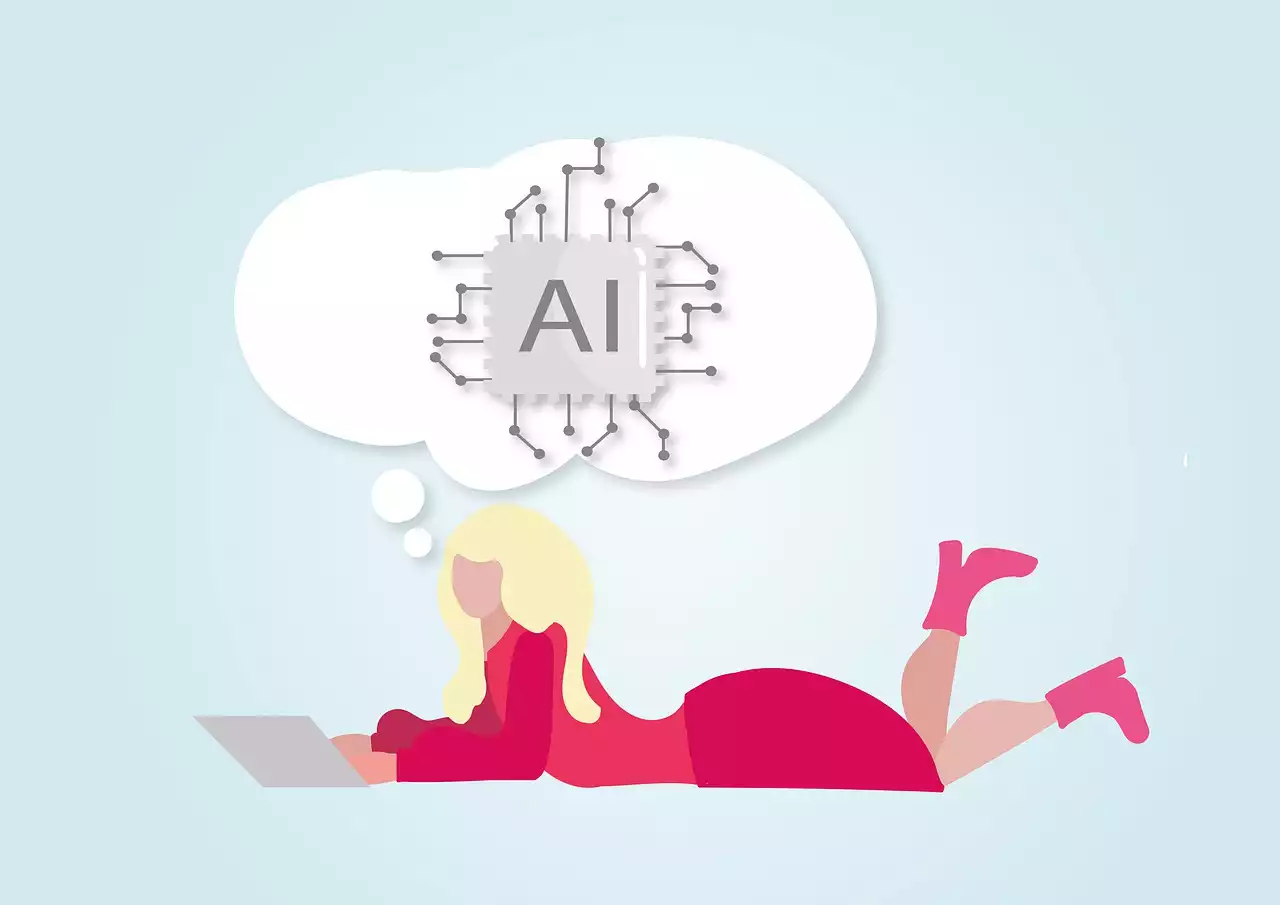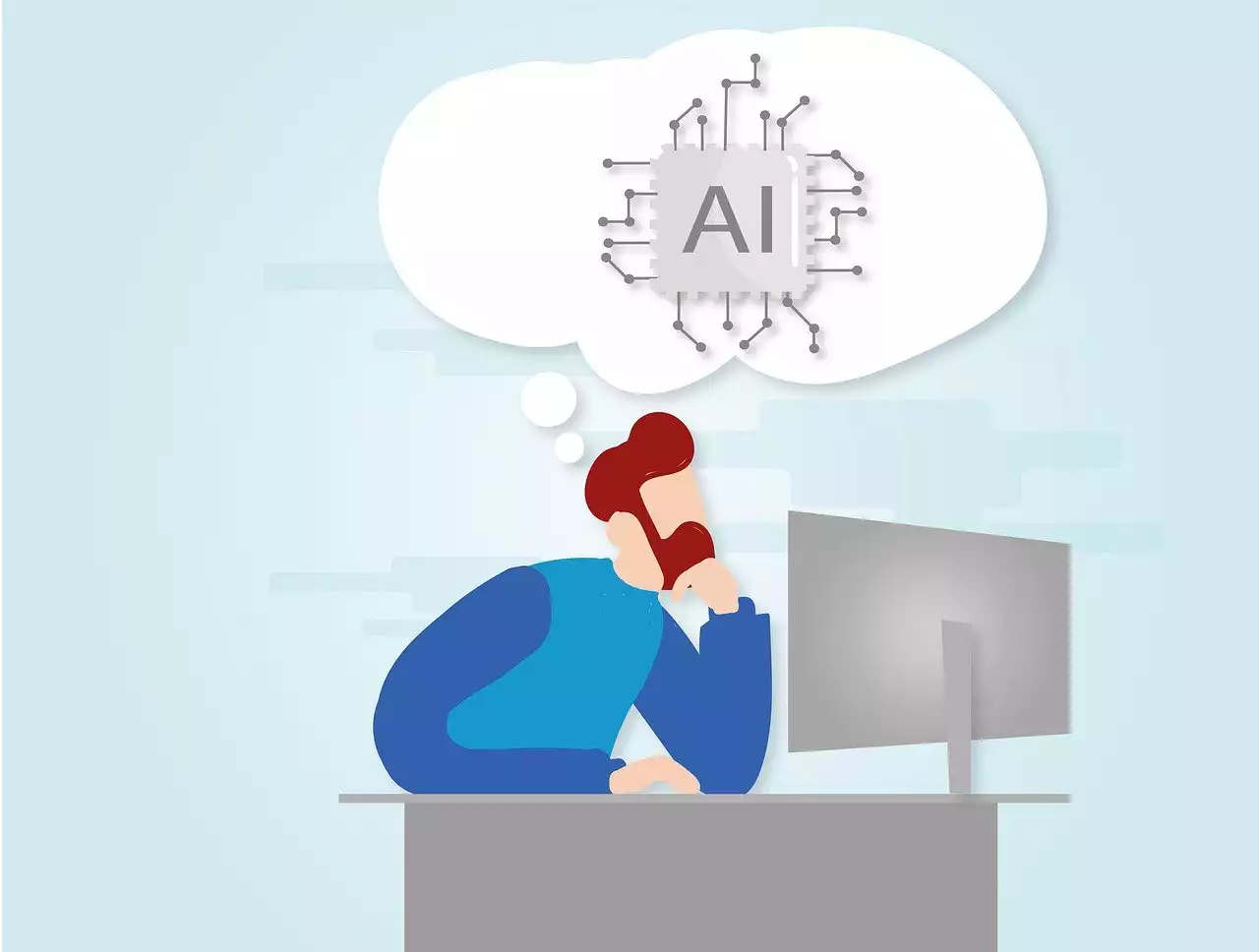Benefits of Personalized Learning with AI
Personalized learning with AI has several benefits. First, it allows learners to take control of their learning experience and learn at their own pace. This is especially useful for learners who struggle with traditional classroom learning or have busy schedules. With AI, learners can access learning materials anytime, anywhere, and on any device. Second, personalized learning with AI provides learners with customized content and feedback that matches their learning style and pace. This ensures that learners stay engaged and motivated throughout the learning process. Third, personalized learning with AI can help learners identify gaps in their knowledge and suggest areas where they need to focus more. This can help learners achieve their learning goals faster and more efficiently.
However, personalized learning with AI is not without its challenges. Some learners may find it difficult to adapt to new learning methods, and there may be concerns about data privacy and security. Nevertheless, the benefits of personalized learning with AI far outweigh the challenges.
How AI is Used in Education
AI is being used in several ways to enhance the learning experience. One way is through the use of chatbots. Chatbots are AI-powered virtual assistants that can answer questions, provide feedback, and guide learners through the learning process. Chatbots can be programmed to provide personalized feedback based on the learner's performance and progress. This ensures that learners stay engaged and motivated throughout the learning process.
Another way AI is being used in education is through adaptive learning. Adaptive learning is a learning method that uses AI to provide learners with customized content and feedback based on their learning style and pace. Adaptive learning platforms can analyze the learner's performance and adjust the content and feedback to match their level of understanding. This ensures that learners stay engaged and motivated throughout the learning process.
AI is also being used to create personalized learning paths. Personalized learning paths are customized learning plans that are tailored to the learner's goals, preferences, and learning style. AI-powered personalized learning paths can provide learners with customized content, feedback, and assessments that match their learning goals and preferences. This ensures that learners stay engaged and motivated throughout the learning process.
Examples of AI-powered Personalized Learning Platforms
There are several examples of AI-powered personalized learning platforms. One such platform is Duolingo. Duolingo is a language learning app that uses AI to provide learners with customized content and feedback based on their learning progress. Duolingo's AI-powered system can analyze the learner's performance and adjust the content and feedback to match their level of understanding. This ensures that learners stay engaged and motivated throughout the learning process.
Another example is Coursera. Coursera is an online learning platform that offers courses from top universities and organizations around the world. Coursera's AI-powered system can analyze the learner's performance and provide personalized feedback and recommendations. This ensures that learners stay engaged and motivated throughout the learning process.
Yet another example is Knewton. Knewton is an adaptive learning platform that provides learners with customized content and feedback based on their learning style and pace. Knewton's AI-powered system can analyze the learner's performance and adjust the content and feedback to match their level of understanding. This ensures that learners stay engaged and motivated throughout the learning process.
Challenges and Limitations of AI in Personalized Learning
While AI has the potential to revolutionize the way we learn, there are several challenges and limitations to consider. One challenge is the lack of data privacy and security. AI-powered personalized learning platforms collect a lot of data on learners, including their performance, preferences, and behavior. This data must be protected from unauthorized access and misuse.
Another challenge is the potential for bias in AI-powered systems. AI-powered systems are only as unbiased as the data they are trained on. If the data is biased, the system will be biased as well. This can lead to unfair treatment of certain learners.
A limitation of AI in personalized learning is the lack of human interaction. While AI-powered systems can provide customized content and feedback, they cannot replace the value of human interaction. Learners may miss out on the benefits of collaboration, discussion, and feedback from human instructors and peers.
The Future of AI and Personalized Learning
The future of AI and personalized learning is bright. As AI technology continues to advance, we can expect to see even more personalized and adaptive learning experiences. AI-powered systems will become smarter and better at analyzing learner performance, preferences, and behavior. This will result in more customized content and feedback that matches the learner's needs and goals.
We can also expect to see more collaboration between AI-powered systems and human instructors. AI-powered systems can provide customized content and feedback, while human instructors can provide the value of human interaction, collaboration, and feedback. This combination of AI and human interaction can result in a more effective and engaging learning experience.
Future of AI | Future of Artificial Intelligence 2023 | AI Technology for Beginners | Simplilearn
Implementing AI-powered Personalized Learning in Your Organization
If you're interested in implementing AI-powered personalized learning in your organization, there are several steps you can take. First, identify your learning goals and the needs of your learners. This will help you determine the type of AI-powered system that will work best for your organization.
Next, research AI-powered personalized learning platforms and choose one that matches your organization's needs and goals. Ensure that the platform has the necessary features and capabilities to provide customized content and feedback that matches your learners' needs and preferences.
Finally, train your instructors and learners on how to use the platform effectively. Provide them with the necessary resources and support to ensure a smooth transition to the new learning system.
Ethical Considerations in AI-powered Personalized Learning
As with any technology, there are ethical considerations to take into account when implementing AI-powered personalized learning. One consideration is the potential for bias in AI-powered systems. Organizations must ensure that AI-powered systems are trained on unbiased data and are regularly monitored for bias.
Another consideration is data privacy and security. Organizations must ensure that learner data is protected from unauthorized access and misuse. Learners must also be informed about the data that is collected and how it is used.
Organizations must also consider the impact of AI-powered personalized learning on human interaction. While AI-powered systems can provide customized content and feedback, they cannot replace the value of human interaction, collaboration, and feedback. Organizations must find a balance between AI-powered systems and human interaction to ensure an effective and engaging learning experience.
Case Studies of Successful AI-powered Personalized Learning
There are several case studies of successful AI-powered personalized learning. One such case study is the University of Michigan's personalized learning initiative. The initiative uses an AI-powered system to provide learners with tailored content and feedback based on their learning style and pace. The initiative has resulted in increased engagement and motivation among learners and improved learning outcomes.
Another case study is IBM's personalized learning platform. The platform provides learners with customized content and feedback based on their learning progress. The platform has resulted in increased engagement and motivation among learners and improved learning outcomes.










